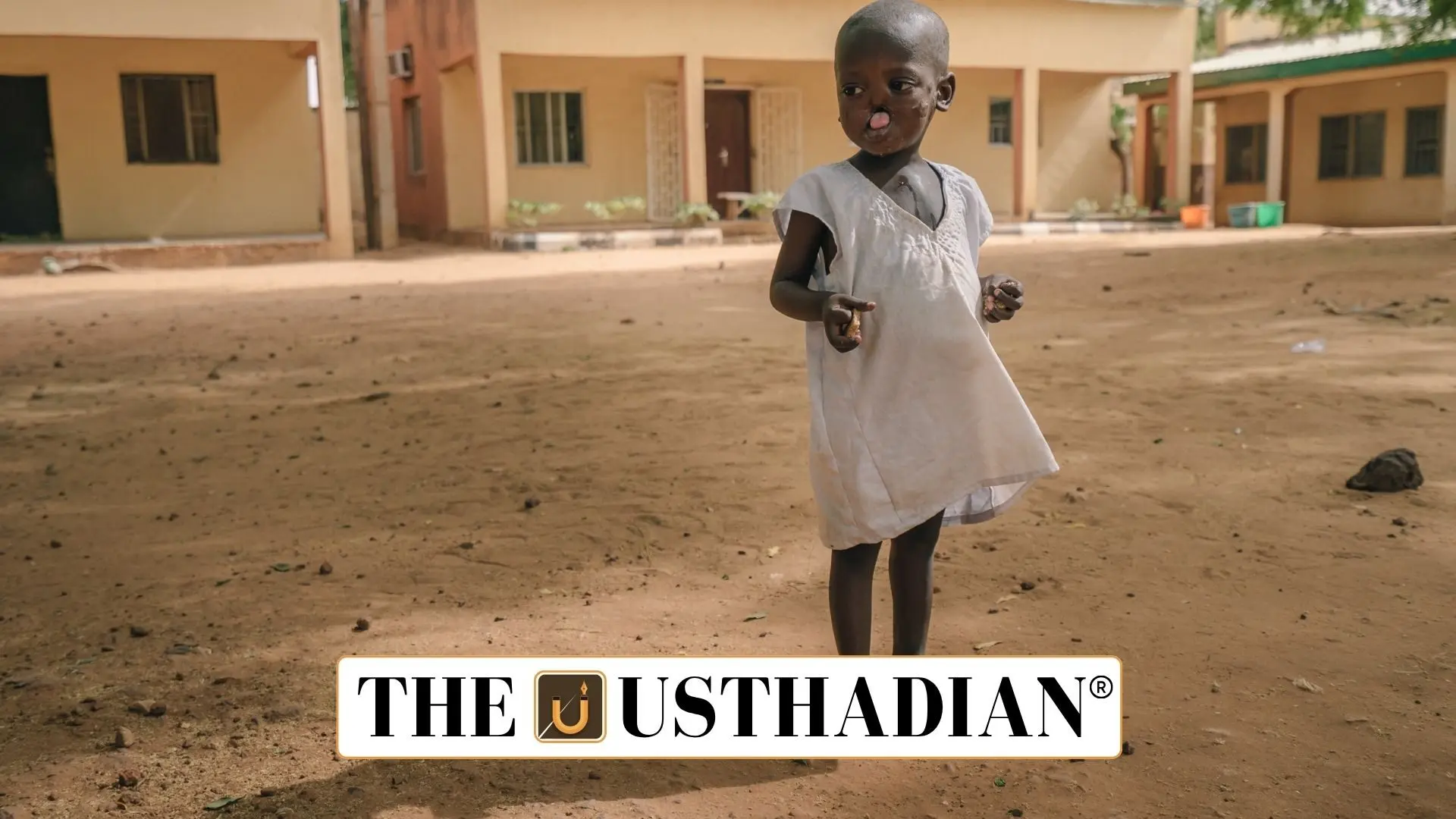A Deadly Disease Now Recognised by WHO
Noma: A Neglected Tropical Disease Threatening Vulnerable Children: In December 2023, the World Health Organization (WHO) officially classified Noma as a Neglected Tropical Disease (NTD), drawing global attention to this rapidly progressing gangrenous infection. Known medically as cancrum oris, Noma primarily affects children aged 2 to 6, especially those living in extreme poverty. Though it is most prevalent in sub-Saharan Africa, cases have also emerged in Asia and the Americas, reflecting its global health relevance. The disease can lead to severe facial disfigurement, high mortality, and lifelong stigma, particularly in regions where malnutrition and poor sanitation are common.
Understanding the Disease and Its Progression
Noma arises from non-specific polymicrobial infections that thrive in children with compromised immune systems due to HIV, malnutrition, or poor oral hygiene. The condition typically develops during nutritional vulnerability, such as weaning periods. According to WHO classification, Noma progresses through six distinct stages, beginning from simple gingivitis (Stage 0) and escalating to sequelae (Stage 5). Without early intervention, the disease swiftly causes gangrene and irreversible tissue loss, leaving survivors with visible disfigurements and severe functional impairments.
Early Treatment Saves Lives, But Challenges Persist
Treatment is most effective during the early stages, particularly acute necrotising gingivitis, using antibiotics, improved hygiene, and nutritional support. However, due to late diagnosis and poor healthcare access, the survival rate is just 15%, and most survivors require complex reconstructive surgeries and psychosocial rehabilitation. The lack of healthcare infrastructure in endemic regions further complicates early intervention, contributing to high mortality and underreporting.
Global Health Gaps and Human Rights Concerns
Noma’s invisibility on global health agendas for decades has resulted in limited data and weak surveillance. The last WHO estimate in 1998 suggested 140,000 new cases per year, but the true burden remains unknown. In 2012, the UN Human Rights Council flagged the neglect of Noma as a violation of children’s rights, particularly in impoverished communities. Tackling this disease requires multifaceted public health efforts, including food security, vaccination drives, and treatment of co-infections like measles or malaria.
Looking Ahead: WHO’s Strategy for Prevention and Control
To confront this public health crisis, the WHO advocates strengthening health systems, training primary healthcare workers, and integrating noma management into existing community health programs. Increasing awareness, ensuring early detection, and enabling access to care are central to global strategies. As noma is now officially recognised among neglected tropical diseases, there is an urgent call for increased funding, advocacy, and research to prevent further suffering and uphold the right to health and dignity for all children.
STATIC GK SNAPSHOT
Noma: A Neglected Tropical Disease Threatening Vulnerable Children:
| Aspect | Details |
| Disease Name | Noma (Cancrum Oris) |
| WHO Recognition | Declared NTD in December 2023 |
| Most Affected Age Group | Children aged 2–6 years |
| Region Most Affected | Sub-Saharan Africa, also in Asia and the Americas |
| Disease Stages (WHO) | Stage 0: Gingivitis to Stage 5: Sequelae |
| Key Risk Factors | Malnutrition, HIV, poor hygiene, poverty |
| Survival Rate | Approximately 15% in acute cases |
| Historical Incidence (WHO 1998) | Estimated 140,000 new cases/year |
| Human Rights Council (2012) | Classified Noma neglect as a child rights violation |
| WHO Strategy | Health worker training, awareness, surveillance, integrated care |








